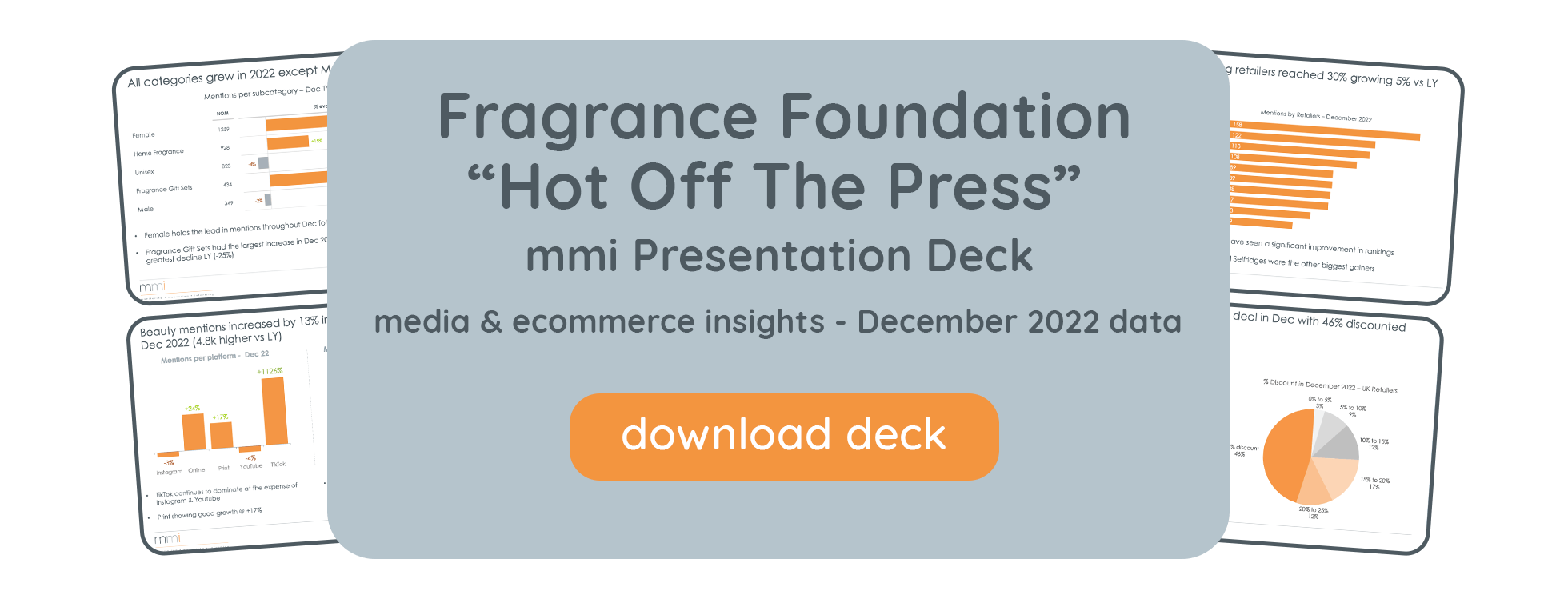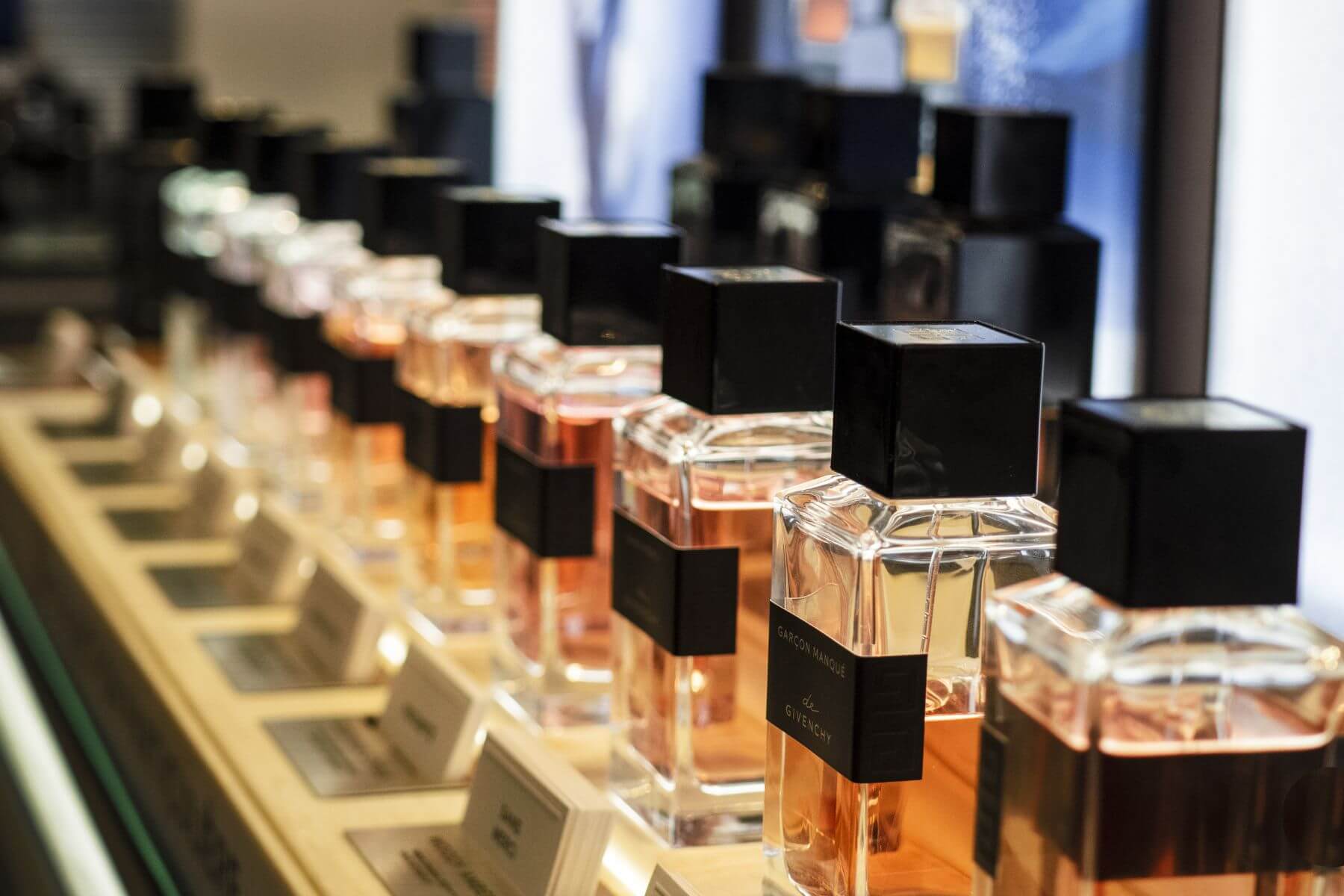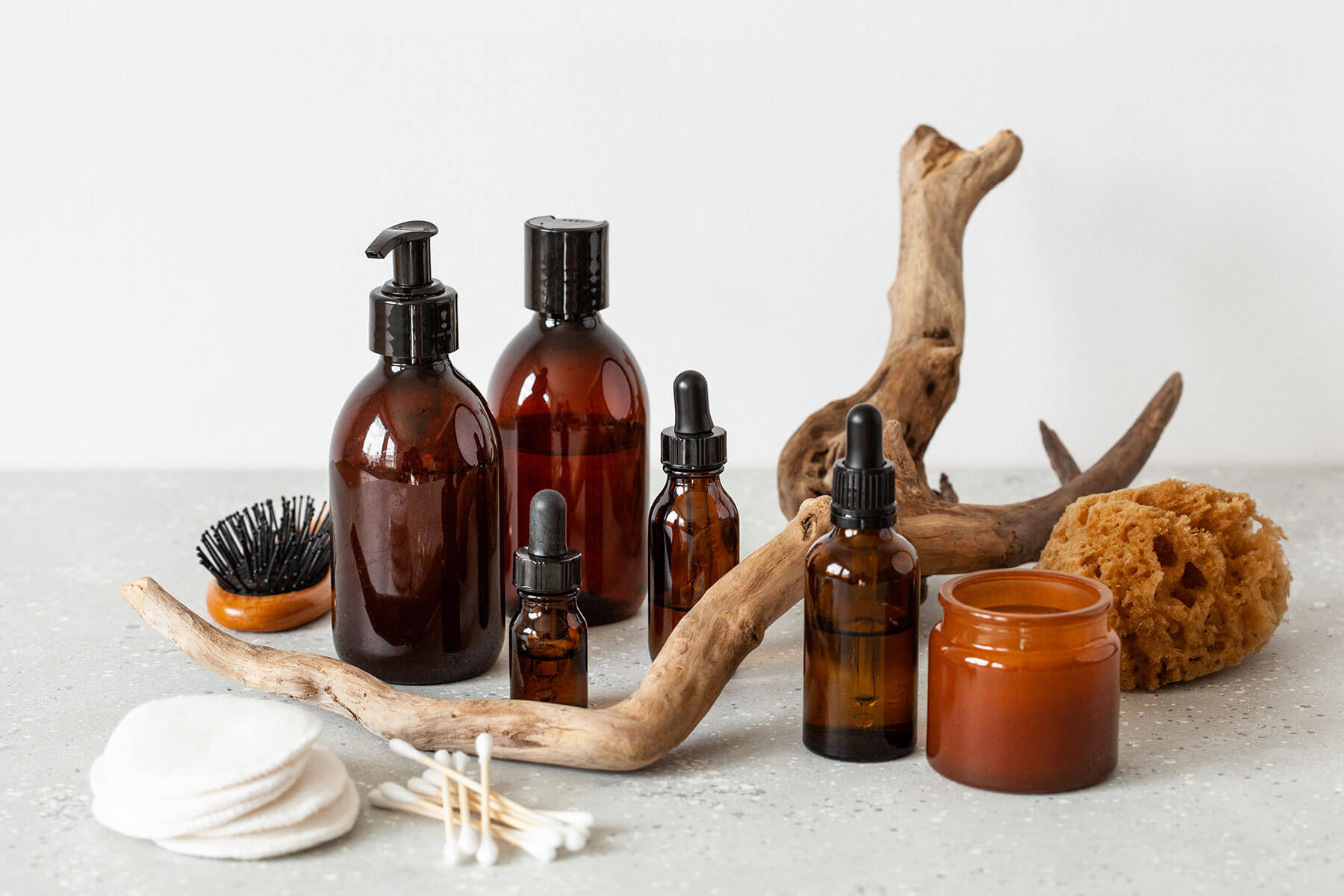Are you on the brink of launching a scent? As we head into the pre-festive season, your brand will be far from alone. In fact, August & September are some of the most popular months for releasing new fragrances. Giving shoppers just enough time to test, fall in love with, and add a new perfume to their Christmas wish list, the summer months are the unofficial key consumer period that too few talk about.
But, with a raft of new fragrances hitting counters at this time of year, how do you make your scent stand out on a slightly crowded digital shelf? The answer is by swapping ‘gut feeling’ strategies for a data-driven approach; one that takes learnings from previous years to refine your etail and media roadmap. Here’s how...
Optimising Your Etail Strategy
Before you start thinking about how to drive consumers to your fragrance shelf, make sure you’ve laid the foundations for success on the etail side. There are four key questions you need to ask yourself before your strategy is ready.
1. Should I Negotiate an Etail Exclusive?
First up, consider where and when you want your fragrance to appear. More and more brands are leveraging exclusive launches to generate press and public interest. Case in point: Paco Rabanne have pre-released their new Phantom juice as a travel exclusive for jet-setting shoppers, while Tom Ford dropped their sun-drenched Soleil Brulant eau de parfum only in Selfridges at the start of June.
Work with a beauty analytics team to identify which competitors have launched exclusives, the etailers they worked with, and whether these deals helped them gain more press mentions and, in turn, higher sales.
2. What Pricing Strategy Did Competitors Employ?
As well as looking back at your own successful pricing strategies, observe how competitor brands priced recent perfume launches to find the ‘sweet spot’ for your scent. With the right tool, such as pricePOINT, you can also see how quickly etailers introduced discounts, to what extent they reduced the price, and how that offer impacted their sales.
3. Are My Product Pages Optimised?
Bringing a fragrance to life through the screen is notoriously difficult, so it’s important to use what few online trusted cues you have to get consumers excited about a scent. They can’t smell it, but the right copy and visuals can tell a compelling and evocative story. That’s why, when it comes to optimising the digital shelf, content is truly king.
Ratings and reviews at launch are critical, again as it’s a new fragrance they won’t have smelt it before and they can’t get to store to try it they will rely on ratings and reviews to build confidence. You should look to sample the product prelaunch to generate reviews that can be in place at the launch date, you can monitor these with shelfVIEW to ensure you have sufficiency across all of your retailers
Identify the right images to use with a market-wide view of your competitors’ visuals. A tool like imageBANK helps you understand the variety of images other brands are using on etail sites. Don’t forget about video content, too; according to research, shoppers are 64-85% more likely to make a purchase after seeing a product video.
4. Have You Negotiated the Best Co-Op Ad Placements?
Improve your visibility on an etail site by securing co-op advertising placements that elevate your share of voice. What you’re aiming for is a higher share than your competitors to boost your reach and, in turn, your sales. You can identify the most lucrative ad spots to invest in with a retail ad analytics tool, like adCHECK.
Not only can you see which ad placements beauty’s digital disruptors prefer to use, but you can also analyse what time of year they tend to launch their fragrance campaigns. By seeing where market leaders are investing their co-op campaign budget, you can start to understand what works (and what doesn’t) for the fragrance industry. You can also forecast when your competitors might be buying ad space, and consider choosing a different time period to make the biggest impact.
You need to ensure your co-op ads are compliant at launch, surprisingly 22% of ads are not compliant, either not being live at launch or having the wrong content, adCHECK enables full visibility in those important few weeks so you get off to a fast start
Maximising Your Media Strategy
Competitor insights can help to supercharge your media strategy, too. Look at beauty’s powerhouses – the key players of the fragrance industry – to understand how they’ve amplified their scent across all channels. Again, there are questions you need to ask and answer in your media plan, starting with branding ambassadors and ending with your campaign messaging.
1. Did My Competitors Invest in a Brand Ambassador?
And, if so, how did it impact their launch? Signing a brand ambassador is a costly investment, so it’s important to understand whether it’s worth the price. By using a service to explore the return on investment (ROI) and consumer reaction other fragrance brands experienced, you begin to get a clearer idea of just how valuable celebrity ‘faces’ are.
Furthermore, you can start to see what kind of ambassadors other scent brands are signing on. Are they working with actors, musicians, athletes, or maybe a famous activist? The scope is widening when it comes to the stars consumers can relate to, with ethical choices and social stances proving as important as their talent.
2. What Was My Competitors’ Media Strategy?
According to Influencer Marketing Hub’s 2020 Influencer Marketing Outlook report, the top three social media platforms are Instagram, YouTube and TikTok. But how are your competitors prioritising their social outreach? A tracking tool like mediaPRO will enable you to see how they’re allocating time and budget. Furthermore, you’ll be able to monitor a fragrance brand’s print coverage, so you can start to build a profile of how industry leaders are planning their media strategy. This data can help to guide your own media roadmap, allowing you to set stronger KPIs around earned, owned and paid media.
3. Which Influencers Did They Engage With?
While there’s a wide pool of influencers who specialise in makeup and skincare content, the number of fragrance influencers is lower. This means you may need to get creative. By working with an Influencer analytics tool, you can uncover what kind of talent your competitors are working with, and what content they’re creating. Explore the category of influencers they signed – from lifestyle to fashion to beauty – and drill down deeper to see what earned media value they achieved. Such data can inform the type of influencers you then choose to work with, and gives you an idea of the fragrance content consumers want to see.
Learn how to drive measurable global influencer marketing programs by transforming how you identify and track the best influencers with InfluencerIMPACT
4. What Messaging Did They Use?
Finally, review what messaging the most successful fragrances leveraged. Did they focus on cruelty-free scents? Did they highlight their heritage? Perhaps they played up a certain trending note? Your fragrance will have its very own unique selling points to shout about, but identifying what worked for other perfumes will help you refine your story – and future product development.
Suggested reads:
- Start planning your Black Friday pricing strategy with our complete guide.
- Get further insights from our eBook on planning your 2021 Christmas fragrance campaigns which covers changes in the gifting landscape; co-op advertising on etailer websites and bringing scent to life online




